Work is defined as the form of energy and the energy intransient , i.e., the energy which can transfer.
The Work Transfer is a boundary phenomenon i.e., work is said to be transferred only when the work crosses the boundary of the system .
For heat transfer
Work Transfer is
- Boundary phenomenon
- Energy in transition i.e., intransient
- Path function
- Not a Property
- Inexact differential
- Cyclic integral is zero
Work done or transfer can be written like –
∆W ( ✓ )
But cannot write like
dW ( × ) , because work is inexact differential.
Types of work transfer :
- Displacement work
- Stirrer work / shaft work / paddle wheel work
- Electrical work
- Flow work
• Displacement work :
When the force acts upon the system and it undergoes a change in its position , i.e., displacement occurs then work is said to be done .
The three parameters exists here which are , force , displacement and angle between the line of action of force and displacement.
Note : Here force will be the conservative force.
Therefore ,
Work = ∆W

Here , this displacement work is applicable only for
(i) Reversible Process
(ii) Closed system
Sign convention :
- Work is done on the system is negative.
- Work is done by the system is positive.
Note : Area under the PV diagram denotes the work transfer.
• Stirrer Work / Paddle Wheel work / Shaft work :
Stirrer work is the work produced due to the enforcement of the Torque which causes the angular displacement of stirrer .
Here , consider
T = Torque
N = Number of revolutions of stirrer
∆ W = Stirrer work
then ,
∆W = Torque × 2π N
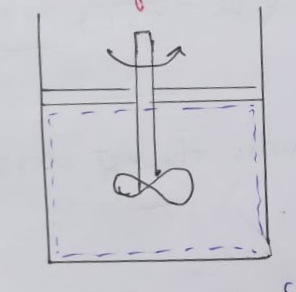
• Electrical work :
The work produced due to the unit current flow across unit voltage for unit time is known as Electrical work .
Here ,
I = Current
V = Voltage
t = time
∆W = Electrical work
Therefore ,
∆W = I × V × t
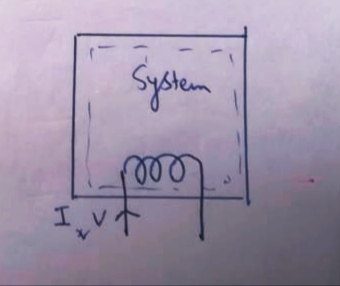
• Flow Work :
The work required by the fluid to enter or exit from a control volume where mass is involved , such work is Flow work.
Flow work = P .dV
Therefore , flow work per mass = P. dV / p.dV
Here ,
P = Pressure
dV = Volume
p = density
Since , 1/p = v { specific volume }
Flow work / mass = P . v
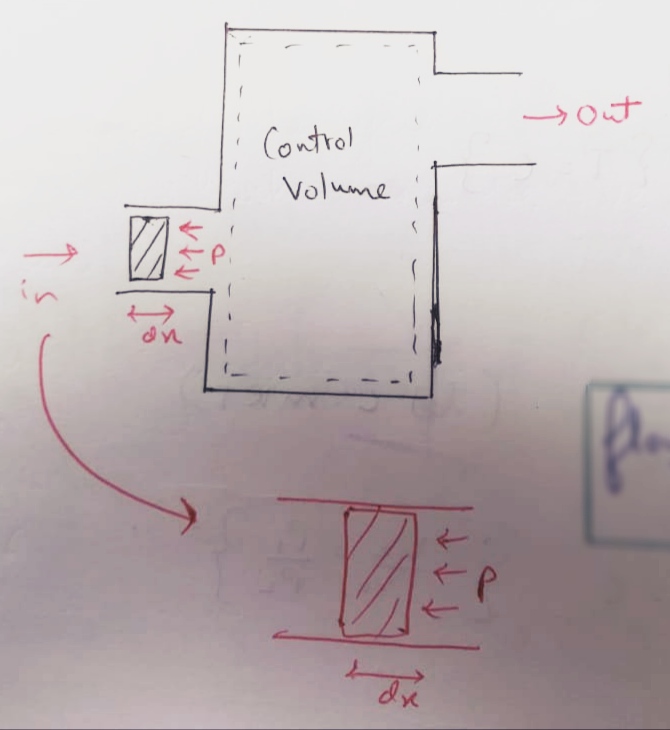


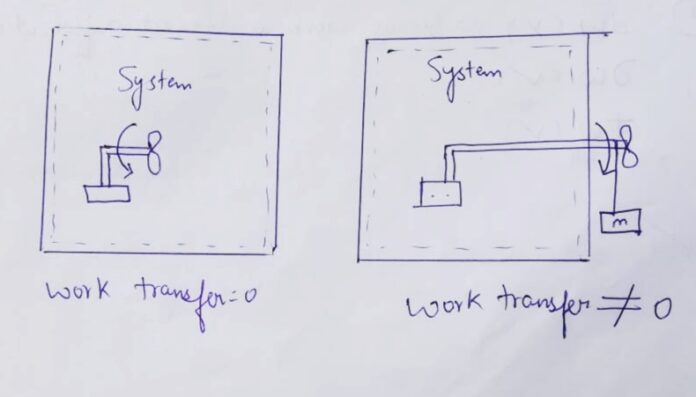
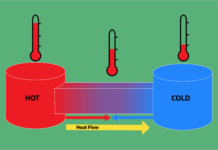

![[Free] Thermodynamics Course With Certification Thermodynamics](https://mechomotive.com/wp-content/uploads/2021/01/SAVE_20210121_225241-218x150.jpg)